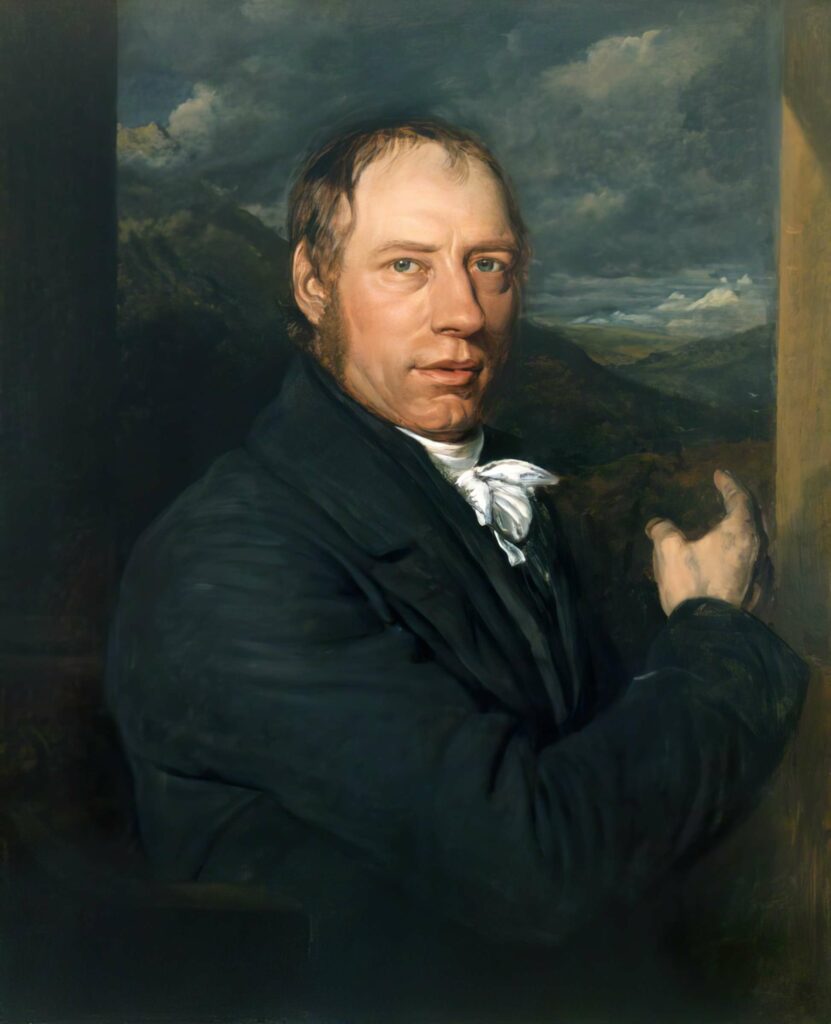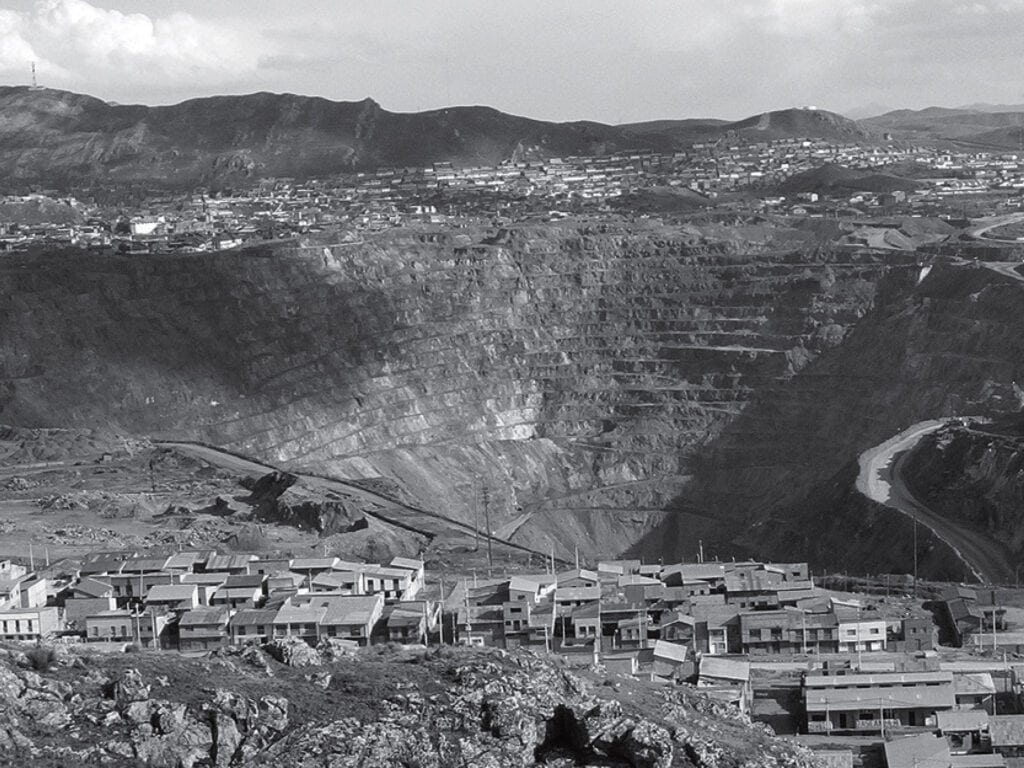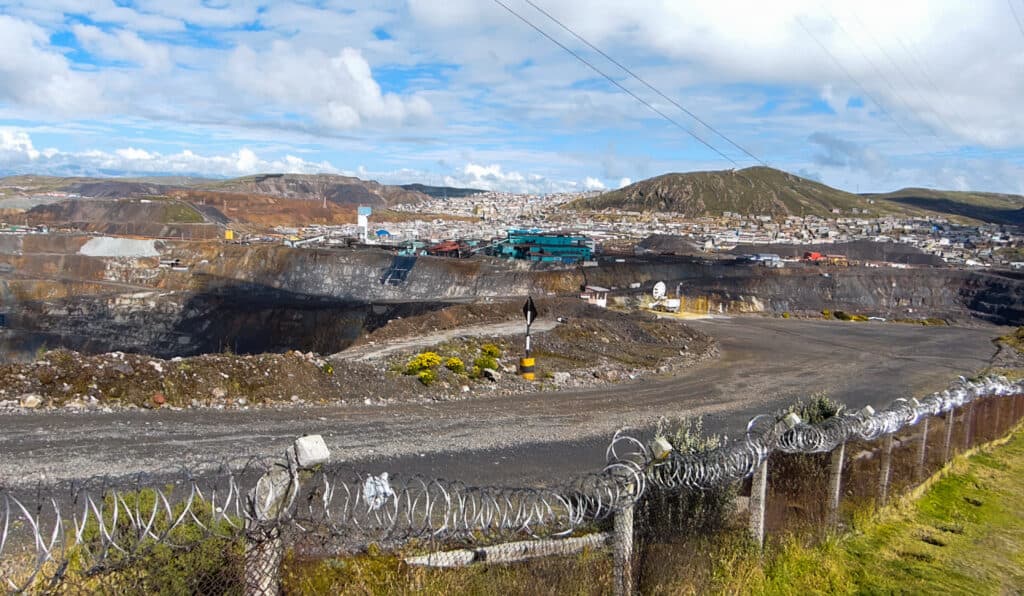
Happy Birthday to Richard Trevithick: Cornwall’s most famous engineer and migrant
Richard Trevithick was born this day (April 13) in 1771. His name is synonymous with Cornish engineering, as he successfully harnessed high-pressure steam that was utilised by Cornish beam engines, and trialled the world’s first practical steam locomotive in Camborne in 1801. This has been immortalised in the well-loved Cornish folk song, ‘Goin up Camborne Hill Coming Down.’
That he was undoubtedly Cornwall’s most famous engineer is beyond doubt, but I contend that Trevithick was also Cornwall’s most famous migrant. Following the export of several of his high-pressure steam engines to the silver mines of Cerro de Pasco high in the Peruvian Andes in 1814, in October 1816, he took ship from Penzance bound for Lima. His migration came about as the result of a remarkable transatlantic trade agreement, the first of its kind, which saw the migration of the Industrial Revolution to the Spanish Americas.
© Dr Sharron P. Schwartz
Against what was considered to be scientifically impossible at the time, Trevithick’s high-pressure steam engines succeeded in draining the flooded mines of Cerro de Pasco, a place that was known as El Opulento in Spanish colonial times, astonishing the local dignitaries assembled at the mines, and silencing contemporary nay-sayers.
Trevithick spent over a decade in the Spanish Americas trying to perfect the performance of his steam engines at Cerro de Pasco, and was engaged in various other schemes to foster Cornish-style mining enterprises in South and Central America. It has been argued that these ventures all failed due to corruption and political upheaval, and he returned to Britain penniless, where he died a virtual pauper in 1833.
I argue that this conclusion is far too pessimistic, for prior to Cerro de Pasco becoming an theatre of war following independence in 1821, his engines had permitted silver production to soar to levels not seen since 1811. Trevithick laid the foundations of the Cornish world dominance of the metalliferous mining industry for over a century, which facilitated the consequent migration of countless migrant mineworkers from Cornwall.
Although I saw many mining memorials and mining-themed street art at Cerro de Pasco when I visited the cold, grimy town at incredibly high altitude in 2013, sadly, there is nothing honouring Cornwall’s most famous son. Perhaps it is high time this changed? I would certainly like to see him commemorated in some fashion there.


Read about this remarkable episode in Cornish history in an article entitled, A ‘Professor’ in Peru: Trevithick and the Transatlantic Migration of the Industrial Revolution, which I wrote for a conference at the Kew Bridge Steam Museum. I also devote a whole chapter of my book, The Cornish in Latin America: ‘Cousin Jack and the New World, to Trevithick’s sojourn in Peru. Buy a copy here
Happy Birthday to Richard Trevithick: Cornwall’s most famous engineer and migrant

Dr. Sharron Schwartz
Specialist in Cornish Mining Migration and transnational communities
